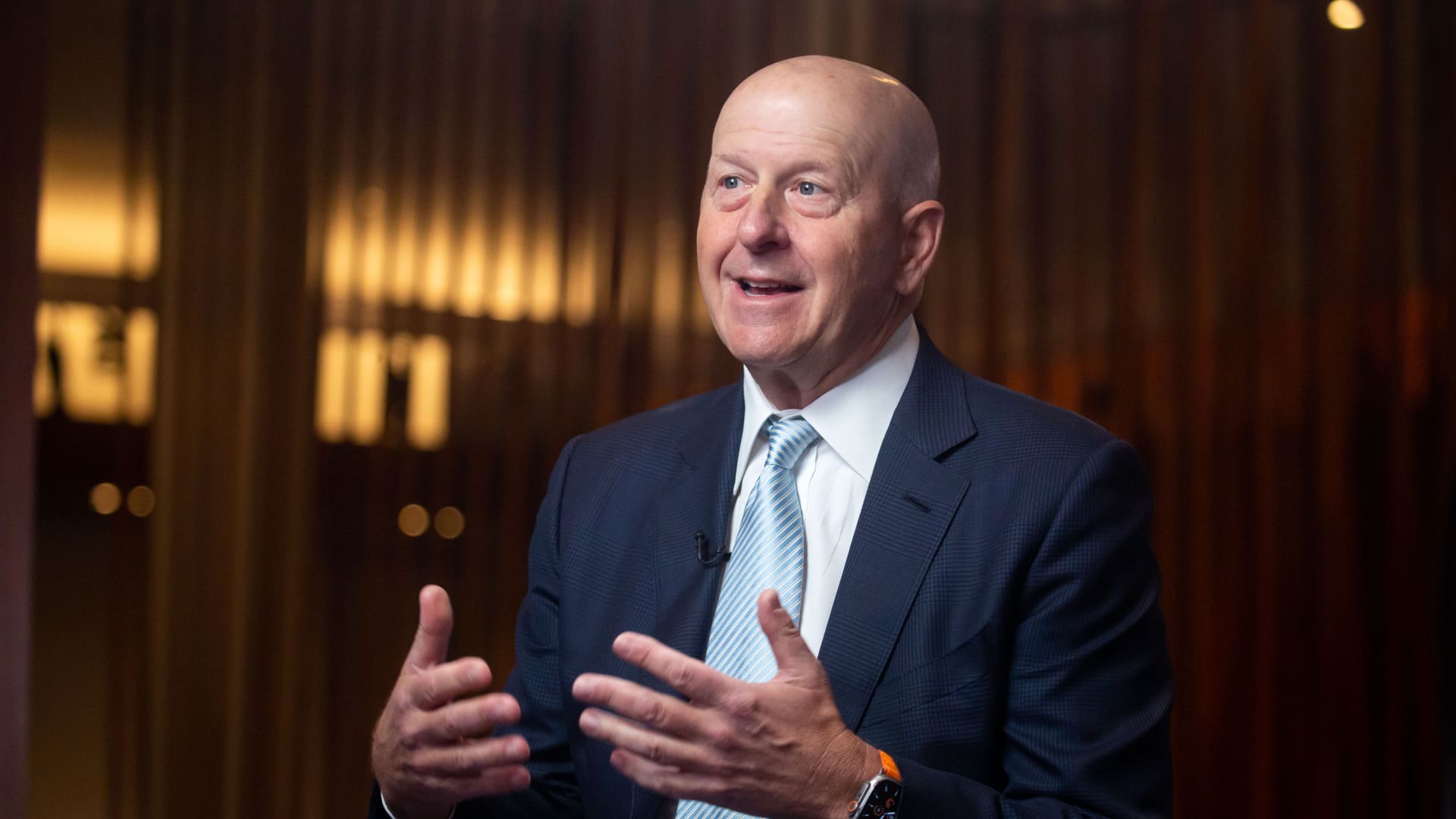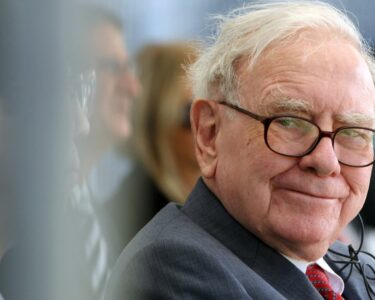Goldman Sachs posted first-quarter results Tuesday that missed analysts’ expectations for revenue after taking a $470 million hit tied to the sale of consumer loans.
Here’s what the company reported:
The bank said earnings fell 18% to $3.23 billion, or $8.79 a share, topping the estimate of analysts surveyed by Refinitiv. Excluding the impact of the loan sale, earnings would’ve been $9.87 per share.
Companywide revenue fell 5% to $12.22 billion, below estimates on the consumer loan hit and weaker-than-expected bond trading and asset and wealth management results.
Shares of the New York-based bank slipped nearly% in afternoon trading.
Unlike its more diversified rivals, Goldman gets the majority of its revenue from Wall Street activities, primarily trading and investment banking. Heading into the quarter, analysts wondered whether turmoil during March — in which two American banks failed and a global investment bank was forced to merge with a longtime rival — would provide a good or bad backdrop to trading.
While JPMorgan Chase and Citigroup beat first-quarter estimates in part because of better-than-expected fixed income trading, Goldman’s traders didn’t fare as well.
Fixed income trading revenue fell 17% to $3.93 billion, roughly $230 million below the StreetAccount estimate, on lower activity in currencies and commodities. The year-earlier period was one of the bank’s best ever for fixed income, making it a tough comparison. Despite the decline, it was still one of the
Equities trading revenue slipped 7% to $3.02 billion, edging out the $2.9 billion estimate.
While investment banking revenue remained weak, falling 26% from a year earlier to $1.58 billion, that was better than the $1.44 billion estimate.
Goldman’s results show how closely the bank is tethered to the ups and downs of Wall Street. With both trading and investment banking well below results from a year ago, the bank had few options to generate revenue growth.
The bank’s combined trading and advisory revenue decline was a “worst in class” drop of 16%, Mike Mayo of Wells Fargo said in a research note.
One metric that is closely watched by investors, the bank’s return on tangible equity, hit 12.6% in the quarter on an annualized basis. That is below the bank’s longer-term target of 15% to 17% returns.
The firm’s other units had mixed results. Goldman’s asset and wealth management division posted a 24% increase in revenue from a year earlier to $3.22 billion, well below the $3.7 billion estimate because of the impact of the Marcus loans sale. The bank’s platform solutions business generated $564 million in revenue, a 110% increase from a year earlier and topping the $535.1 million estimate.
So far this earnings season, big banks including JPMorgan Chase and Bank of America outperformed their smaller peers, helped by an influx of deposits after Silicon Valley Bank’s meltdown. But since retail banking plays a small — and shrinking — role at Goldman, much more focus will be on trading and investment banking and what expectations are for the rest of the year.
In fact, the bank’s foray into consumer banking, which was pulled back in recent months after losses and management turnover, weighed on the quarter’s results.
Goldman said it posted a roughly $470 million loss on the partial sale of its Marcus loans portfolio, and moved the remainder of loans to the “held for sale” category. Offloading the debt allowed it to cut reserves for loan losses by about $440 million.
The bank is further retrenching from retail finance: It is in the process of selling its GreenSky unit, which it acquired in late 2021, CEO David Solomon told analysts during a Tuesday conference call. The CEO said in February that Goldman was weighing “strategic alternatives” for its consumer platforms business.
Goldman shares have dipped 1.1% this year before Tuesday, a better showing than the nearly 17% decline of the KBW Bank Index.
Earlier Tuesday, Bank of America topped estimates on higher net interest income. Last week, JPMorgan Chase, Citigroup and Wells Fargo all topped profit expectations amid rising rates. Morgan Stanley is scheduled to release results Wednesday






